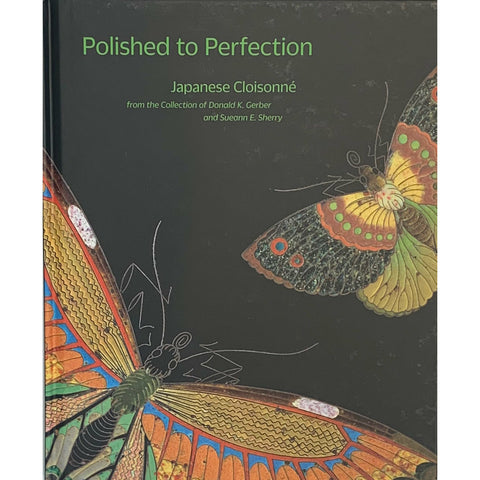--------
This stunning book features the finest examples of Japanese cloisonné—enameled objects that reflect the exquisite craftsmanship required of the technique as well as the Japanese cultural reverence for meticulous and exacting work.
Cloisonné, the art of applying enamel to objects, dates back to the early Byzantine Empire. It then spread rapidly to China, Southeast Asia, Russia, and eventually the whole of the European continent. It is in Japan, however, that the technique was perfected. One of the world’s leading collections of Japanese cloisonné is the subject of this beautifully designed book, which celebrates a painstaking process that results in unbelievably intricate, delicate, and breathtaking works of art. The colors, which are separated by hair-thin ribbons of metal, are made of vitreous enamel applied by brush and dropper, and then fired and polished repeatedly until only the thinnest metal wires are visible within a design of brilliant colors. As the movement spread throughout the world, Japan began producing cloisonné in the mid-19th century. Japanese studios turned out exquisite examples of the form, many of which were displayed in numerous international expositions, including the Vienna Exhibition of 1873, where a Japanese cloisonné piece won first prize. The Gerber/Sherry collection is unparalleled in its variety and excellence. Along with exquisitely reproduced illustrations, this book includes a brief historical overview focusing on the work of Namikawa Yasuyuki; an examination of the role the Japanese government played in promoting cloisonné; and the collector’s own story of discovering, falling in love with, and procuring these precious works of art.
Details
- Hardcover
- 144 pages
- 154 color illus., 2/bw
- 9" x 11"

